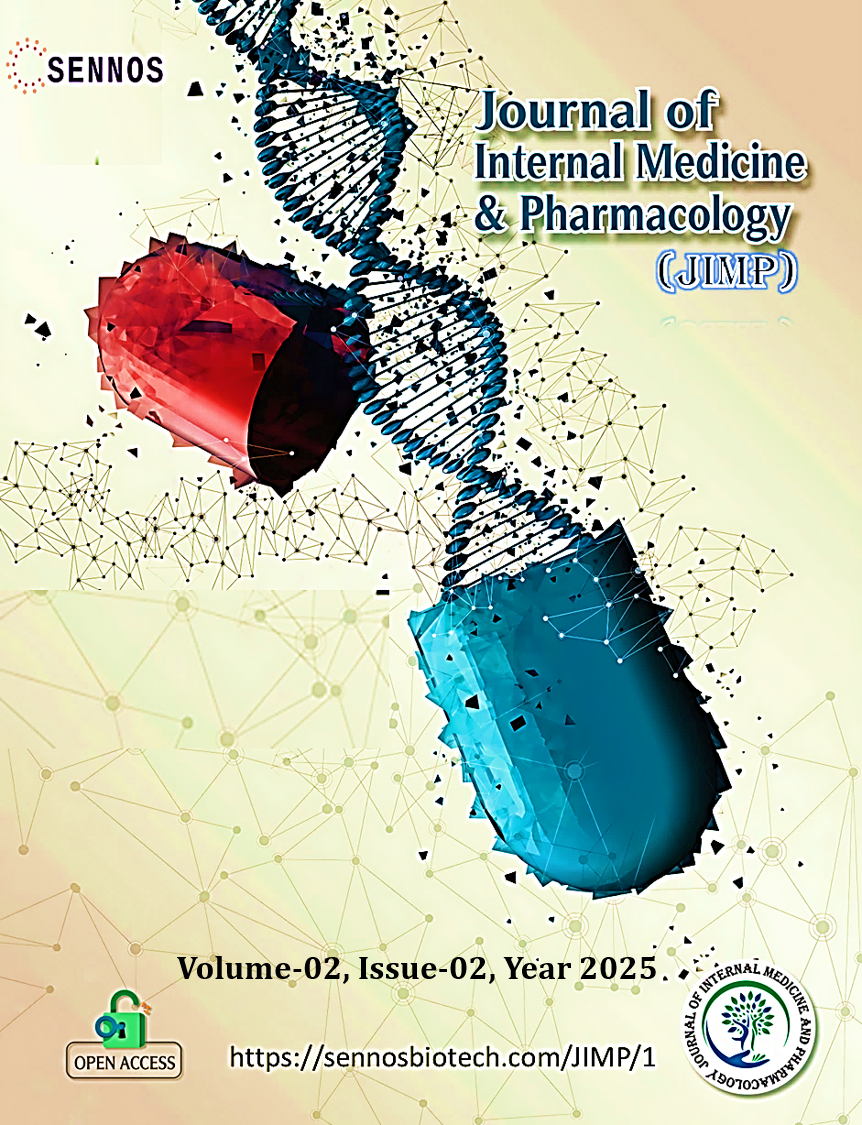Nanotechnology-Based Delivery Systems for Enhancing the Bioavailability of Quercetin: In-Vitro study analysis
DOI:
https://doi.org/10.61920/fsbhyp64Keywords:
Quercetin, Nanoparticles, Bioavailability, Drug Delivery, Sustained ReleaseAbstract
This study aimed to develop and characterize quercetin-loaded nanoparticles to enhance the bioavailability of quercetin through nanotechnology-based delivery systems. The nanoparticles were prepared and evaluated for their physicochemical properties, encapsulation efficiency, and in vitro drug release profile. Dynamic light scattering (DLS) analysis revealed an average particle size of 162.4 ± 5.3 nm, with a polydispersity index (PDI) of 0.192 ± 0.02, indicating a monodisperse system. The zeta potential was measured at -32.7 ± 2.4 mV, confirming excellent colloidal stability due to strong electrostatic repulsion. Scanning electron microscopy (SEM) images demonstrated uniform, spherical nanoparticles with consistent morphology. The encapsulation efficiency (EE) and loading capacity (LC) were calculated to be 85.2% and 12.5%, respectively, highlighting the system's ability to effectively encapsulate and retain quercetin. In vitro drug release studies exhibited a sustained release profile, with an initial burst release within the first 2 hours followed by gradual release over 72 hours, achieving 85% cumulative release
Downloads
Published
Issue
Section
License
Copyright (c) 2025 Dipali Zade

This work is licensed under a Creative Commons Attribution 4.0 International License.





